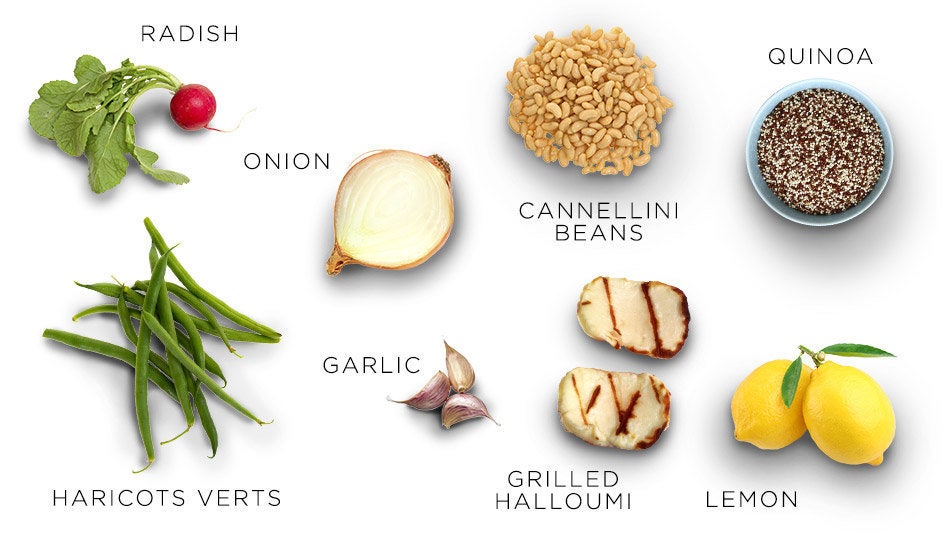
Though many school cafeterias around the country aspire to serve more food that is both healthy and locally sourced, some continue to fall short. When the reauthorization of the Healthy, Hunger-Free Kids Act became the subject of much debate last month, it was evident that the obstacles to that goal are many.
So what exactly makes healthy, local food so controversial to some? A new story by Heather Gilligan published this month by Modern Farmer examines the complicated history of funding of school lunches in America. In addition, Gillian shines a light on the exceptions to the rule, where schools are serving up food that's far more nutritious than the standard, processed cafeteria fare of chicken nuggets, french fries and pizza.
Gilligan argues that major corporations, which many school districts have outsourced their lunch programs to, are pushing back against the movement toward fresher, local food. Meanwhile, groups like the School Nutrition Association, whose donors include a number of major food companies, have also lobbied for more flexible lunch requirements that would allow for more sodium and white flour to make its way into foods served by schools participating in the National School Lunch Program.
Nevertheless, some schools are succeeding in their efforts to get their students to eat more healthily and locally. One grantee of the Farm to School program is a school district in rural Georgia that has been serving locally-sourced collard greens, peaches and whole-wheat biscuits to its students -- with no complaints from those who are partaking. The Farm to School program was greenlit in 2010 as part of the HHFKA.
Also, Gilligan spotlights one school lunch provider, the Oakland-based Revolution Foods, that is helping to offer an alternative to major vendors like Sodexo and Chartwells. Revolution’s food contains no hormones, artificial flavorings or high-fructose corn syrup. It is serving a range of schools in states including California, Colorado, Louisiana, Texas and New Jersey.
MORE:
The What’s Working Honor Roll highlights some of the best reporting and analysis, from a range of media outlets, on all the ways people are working toward solutions to some of our greatest challenges. If you know a story you think should be on our Honor Roll, please send an email to editor Joseph Erbentraut at joseph.erbentraut@huffingtonpost.com with the subject line "WHAT'S WORKING."
For more solutions-focused coverage, follow What's Working on Facebook and Twitter.
Also on HuffPost:


